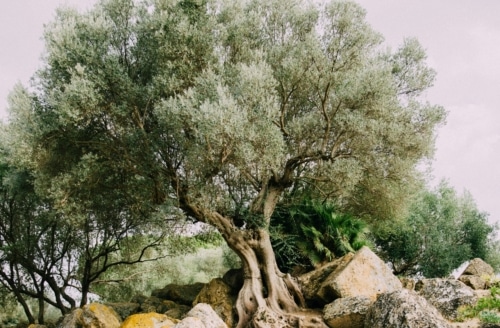A Clay Jar
Encouraging, comforting, and urging you to live lives worthy of God, who calls you into his kingdom and glory. (1 Thess. 2:12 NIV)
Now if some of the branches were broken off, and you, a wild olive shoot, were grafted in among them and participated in the richness of the olive root, do not boast over the branches. But if you boast, remember that you do not support the root, but the root supports you.
Romans 11:17-18 NET
Following Jesus’ command, the early church took the gospel first to the Jews and then to the Gentiles (Acts 1:8). This led to the salvation of a great many Gentiles. So much so that Gentiles made up the majority in many churches. This led to a question concerning the status of unbelieving Jews. How did they fit into God’s plan for Israel? A question that many continue to have today.
In order to answer this, Paul used a horticultural example of grafting. Grafting is the process of attaching a branch that produces a desired fruit, leaf, or flower onto a plant or tree that has a superior root system.
Paul used grafting an olive tree for his example. And he told his Gentile audience that this olive tree was the heritage of historic Israel. “Theirs is the adoption to sonship; theirs the divine glory, the covenants, the receiving of the law, the temple worship and the promises. Theirs are the patriarchs, and from them is traced the human ancestry of the Messiah, who is God over all, forever praised!” (Rom. 9:4).
God broke off some of the original branches of this olive tree–Jews who rejected their Messiah. And he grafted branches from a wild olive tree into the tree–Gentiles who believed in Jesus as the Messiah. As Gentile believers, we now share in what God has been doing with Israel from the time of Abraham. We are a part of the olive tree that is Israel.
But the branches broken off were not without hope. If they believed, they would be grafted back into the tree. And he looked forward to a time when that would take place. When the unbelieving Jews would turn to their Messiah, believe, and be grafted back into the tree. And then both the native and grafted branches would share in the nourishment of the one tree—Israel.



